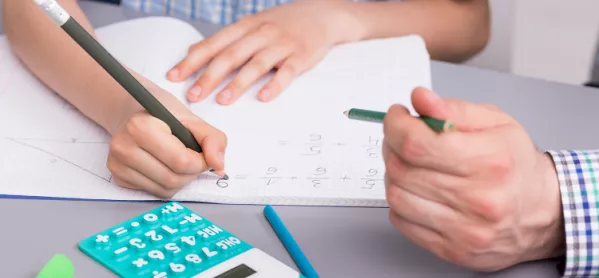Finding the right way to support a child with dyslexia can be challenging. The information available to teachers can be too simplistic, too complex or contradictory.
So to end Dyslexia Awareness Week on a positive note, I have put together a list of things that we at the Driver Youth Trust believe constitutes good practice.
Primary
- Work with pupils and parents to find a good time should you need to provide literacy boosters: be mindful that students may not want to leave the classroom, especially in their favourite lessons.
- Think about how learners can achieve when literacy is not the focus. Could they use some assistive technology to remove the barrier of being a struggling reader or writer?
- Trial using a scribe
- Mark for success: rather than crossing out words and putting the correct spelling, try ticking the letters they have got right.
- Read aloud to the class wherever possible and offer audiobooks.
- Be rigorous in the assessment stage of the graduated approach. Is a pupil articulate but struggles to decode? Plan accordingly. There’s no point putting this type of learner with pupils who struggle with oral language, as the needs will be very different. This would be evident during the ‘do’ and ‘review’ stage but the more precision in the ‘assess’ part of the cycle means there is a lower likelihood of providing support that is not fit for purpose.
Secondary
- Read the text out loud whenever possible. If you want the class to read, consider doing this in tables, so a group can read together or give students time to prepare.
- Let students take a photo of homework from the board - I used to offer this to all students and take up was around 40 per cent. A problem with this can be that disorganisation may hinder the students finding the photograph. Some advice on files in their device will help.
- Embrace assistive technology. Textbooks can be put onto a laptop (Bookshare offers electronic versions for students with a print disability). Trial ‘read aloud’ in Microsoft Word 2016 as an example or predictive text on an iPad - students will know what helps them.
- Allow enough time for students to complete work. This may mean asking them to do less but of a higher quality.
- Consider allowing students to email you work or to ask you questions. They may not have understood homework or may not have got all the information that you delivered while learners were packing away.
- Spelling may be a real issue in secondary. Try not to mark every error but pick up some common spelling mistakes they use and discuss various elements such as phonics, syllables and words within words.
- Most students will appreciate you checking in with them regularly, being open about their dyslexia and asking what can help. Many report the lessons they find the easiest are from teachers who have high expectations of them but are sensitive to their needs.
All ages
- Use clear fonts such as Tahoma or Arial.
- Avoid underlining, it’s another thing to decipher. Use bold instead.
- Use uncluttered text on the whiteboard and an off-white or coloured background.
- Attach a visual to words, which can assist processing.
- Offer glossaries or keyword mats.
- Give short instructions. Students will struggle to remember a long list.
- Be sensitive to reading in front of the class and allow the learner to prepare.
- Give time to answer questions and remember that students with dyslexia may struggle with the retrieval of words or information. Memory triggers can help: instead of “Which family was Romeo in?” try, “Was Romeo in the Capulet or Montague family”?
Jules Daulby is a senior consultant teacher at the Driver Youth Trust
